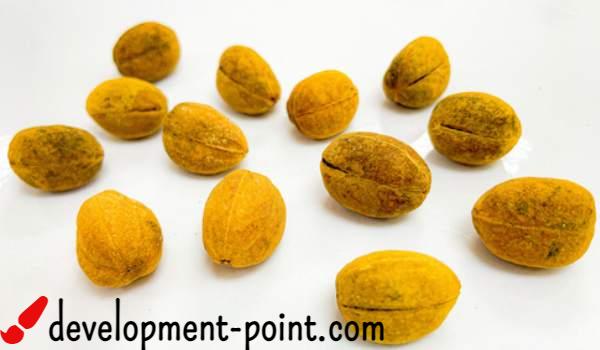Burdock benefits and possible harm – every day medical information
Burdock is a plant found in Europe and Asia belonging to the star family, to which sunflowers and chrysanthemums belong, and throughout the ages it has been used for diuresis, treating colds, facilitating bowel movement and other treatments, and in this article we will learn about the benefits of this plant and its potential damage.
Burdock benefits
There are many health benefits of using this plant, especially its roots. Below we will explain some of these benefits:
1. Regulate blood sugar
The roots of this plant contain inulin, which makes it an ideal choice for diabetics to regulate blood sugar, as well as help alleviate conditions associated with diabetes such as diabetic retinopathy.
2. Burdock Benefits for Skin
The roots of this plant contain therapeutic and detoxifying properties, which helps to treat some skin diseases such as acne, psoriasis, eczema and dry skin. Oatmeal, which helps in giving freshness to the skin.
3. Burdock benefits for the liver
The detoxifying properties of the roots of this plant help rid the liver of toxins and other harmful chemicals. It also helps to produce bile, which protects the liver from hepatitis, gallstones and infections.
4. Reducing chronic inflammation
The roots of this plant contain a rich percentage of antioxidants such as quercetin and phenolic acid, which helps protect body cells from free ions and reduce inflammation. of inflammation and signs of oxidative stress, but more scientific studies are needed to confirm this.
5. Cancer resistance
The roots of this plant contain flavonoids and polyphenols that help reduce the growth of tumors and relieve pain caused by some types of cancer, and a laboratory study in 2011 found the ability of this plant to reduce the spread of breast cancer, but more scientific studies are needed that This plant proves effective in treating cancer.
6. Treatment of the common cold
The roots of this plant are used in the treatment of tonsillitis that occurs due to a bacterial infection, and it also helps in treating cough, sore throat and fever.
7. Promote digestive health
The roots of this plant contain a type of fiber called inulin, which promotes the production of beneficial bacteria in the stomach and intestines, which helps improve digestion and the absorption of important nutrients.
Important notice: There is no strong scientific evidence to fully prove these benefits and effectiveness of this plant in treatment, and more research is needed to prove it, so you should consult your doctor before using it, especially if you suffer from a specific health problem.
Burdock damage
This plant can be consumed by eating it directly or drinking the tea extracted from it, in addition to the capsules. There are a number of damages that may be caused by eating this plant, including:
1. Allergy
It is preferable not to eat this plant if the person is allergic to other types of plants that belong to the star family, such as chamomile flower, chrysanthemum and lettuce.
2. Interaction with some drugs
You should consult your doctor before consuming this plant, in case you are taking diabetes or blood thinners medications.
3. Bloating
The roots of this plant contain a high percentage of inulin fiber, so consuming a large proportion of it causes bloating and gas, especially in people who are allergic to foods that contain inulin.
4. Effect on pregnant women
One study confirmed that eating the roots of this plant causes uterine contractions, and may lead to enlarged birth, so pregnant women should avoid eating this plant.
5. Increased dryness
This plant is considered a natural diuretic, so caution should be taken when taking it with diuretic drugs, which causes severe dehydration of the body.
After learning about the benefits of burdock and some of the potential damage to it, we advise not to overeat this plant, and consult a nutritionist about the appropriate amount to eat.

